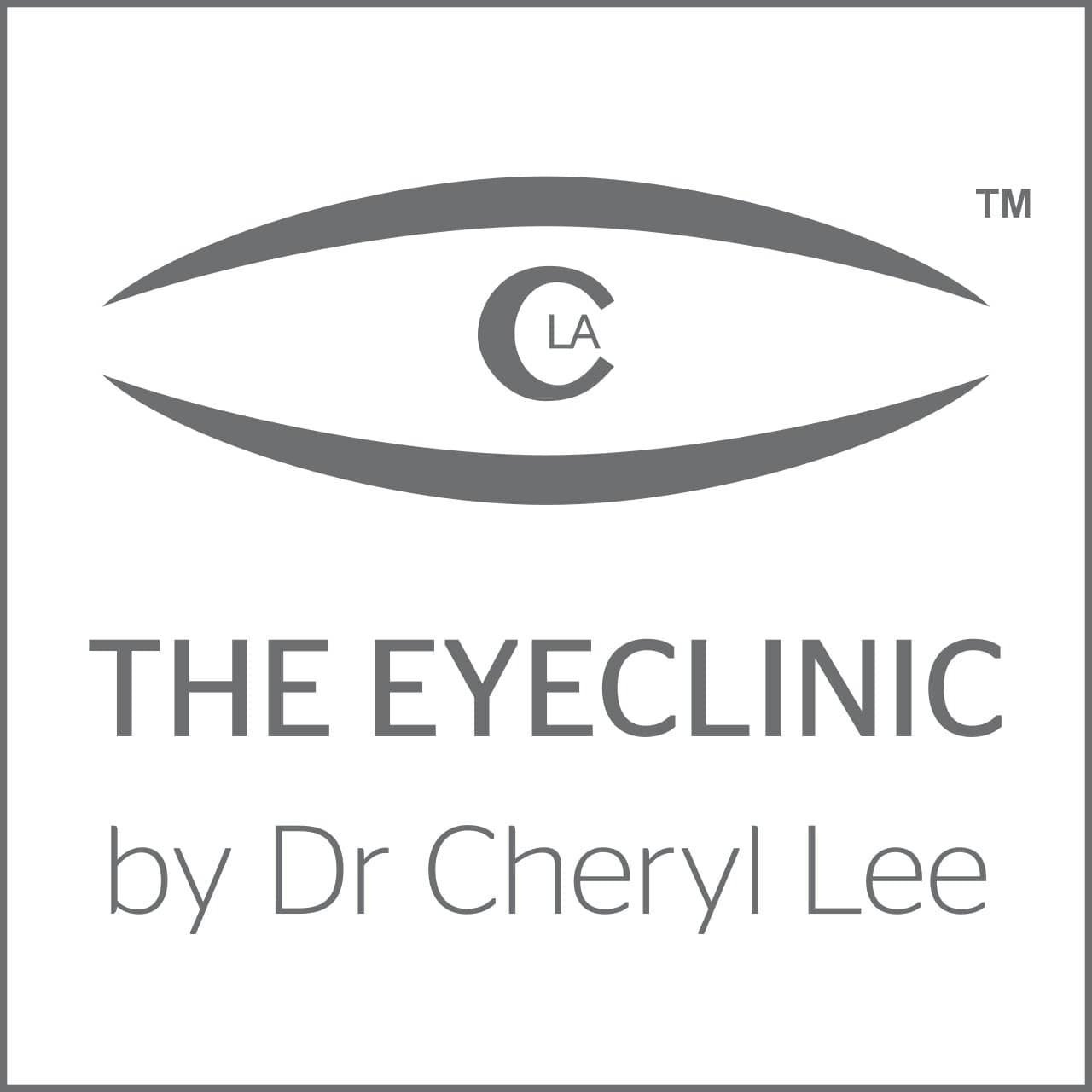What is Retinitis Pigmentosa?
Also known as RP, refers to a group of inherited diseases causing retinal degeneration and a decline in vision. The retina is a thin piece of tissue lining the back of the eye. Rod and cone photoreceptors in the retina convert light into electrical signals that the brain interprets as vision. People with RP experience a gradual decline in their vision, because photoreceptors degenerate.
Retinitis Pigmentosa Symptoms
With RP, you may have vision loss in the following ways:
Loss of night vision. Night blindness is when you cannot see anything in the dark. Your vision may be normal during the day. As you start losing night vision, it takes longer to adjust to darkness. You may stumble over objects or have trouble driving at dusk and at night. You might also find it hard to see in movie theaters or other dim rooms.
Gradual loss of peripheral (side) vision. This is known as “tunnel vision.” You may find you bump into things as you move around. This is because you are not able to see objects below and around you.
Loss of central vision. Some people also have problems with central vision. This can make it hard to do detailed tasks such as reading or threading a needle. Cataract surgery can help if it is contributing to the poor central vision.
Problems with color vision. Some people may also have trouble seeing different colors.
How Is Retinitis Pigmentosa Diagnosed?
RP can be diagnosed and measured by:
Genetic testing. This test looks at a sample of your blood or other tissues to see if you have certain genes that are associated with a disease. It can also help determine the likely course or severity of a disease and whether gene therapy to replace the faulty gene may be helpful.
Electroretinography. This test measures the electrical activity in the retina, or how well the retina responds to light. It works much like the EKG, which measures the activity and health of the heart.
Visual field testing. RP can affect your peripheral (side) vision. Visual field testing helps measure your side vision and find any blind spots that may be developing.
Optical coherence tomography. Also known as OCT, this imaging test takes special, highly detailed pictures of your retina. It can help diagnose RP and find out how it is affecting your retina.
Can Retinitis Pigmentosa Be Treated?
There is no single treatment for RP because there are over 100 genes that cause it. Scientists are studying why and how RP happens within families. They hope to develop treatments based on this information.
Some research has shown that vitamin A may slow the progression of certain forms of RP, but there is concern that high intake of these supplements may lead to worsening of other eye conditions. Your ophthalmologist can advise you about the risks and benefits of vitamin A and how much you can safely take. Taking too much vitamin A can be harmful, and evidence of its effect on RP progression is not substantial. So vitamin A supplements are not currently recommended.
Some patients develop swelling of the retina (macula edema) and may be helped by a certain type of eye drop or medication taken by mouth. Cataracts or clouding of the eye's lens may also develop and surgery to treat this might be helpful for some patients. There is also an “artificial retina” called the ARGUS II implant, which may be helpful for some patients with severe vision loss due to RP.
One form of RP caused by a defect in the RPE65 gene can now be treated with medication (voretigene neparvovec-rzyl). This medicine is injected under the retina during eye surgery called vitrectomy. Scientists are working hard to develop genetic therapies for other forms of RP, so it is very important to know what specific genetic defect causes your RP.
People with low vision can learn to make the most of their remaining sight. There are many devices and ways to do things differently that can help with tasks. Vision specialists can teach you to use these tools and techniques.
